Pranayama Subjects
The art of Pranayama is often misunderstood. Our pranayama subjects progress from the basics to systematically explore the principles and practice through a Learn/ Study/ Practise framework for students to gain knowledge from experience.
All our Pranayama subjects are lifetime anrollment so access does not expire.
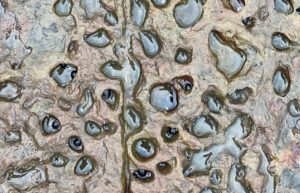
P-01. Introducing Pranayama
‘Prana moves in the thoracic region and controls breathing. It absorbs vital atmospheric energy. Apana moves in the lower abdomen and controls the elimination of urine, semen and faeces. Samana stokes the gastric fires, aiding digestion and maintaining the harmonious functioning of the abdominal organs. It integrates the whole of the human gross body. Udana, working through the throat (the pharynx and the larynx), controls the vocal chords and the intake of air and food. Vyana pervades the entire body, distributing the energy derived from food and breath through the arteries, veins and nerves’. P-01 is a lifetime enrollment
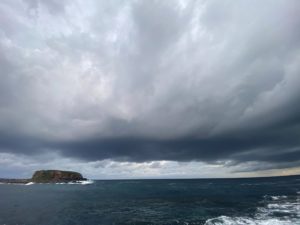
P-02. Pranayama Setups
BKS Iyengar writes:
'Bad posture, an ill-shaped or caved-in chest, obesity, emotional disorders, various lung troubles, smoking and uneven use of the respiratory muscles, lead to improper breathing, below one's capacity. We are aware of the discomfort and disability which then arises. Many subtle changes take place in our body as a result of poor breathing and bad posture, leading to heavy breathing, inadequate pulmonary function and aggravation of heart disease. Pranayama can help to prevent these disorders and help to check or cure them, so that one can live fully and well.’ P-02 is a lifetime enrollment

P-03. Ujjayi-Lying
BKS Iyengar writes:
‘In pranayamic inspiration, diaphragmatic contraction is delayed until after the conscious contraction of the muscles of the anterior and lateral abdominal wall. These muscles are diagonally connected to the ribcage above and the pelvis below’. With a firm foundation in Ujjayi the practitioner will progress well. This subject lays these foundations. P-03 consolidates examples drawn from Iyengar conventions to provide breadth and depth to your understanding of the subject. Part 6 providing many audio extracts from Geeta’s classes to practise with
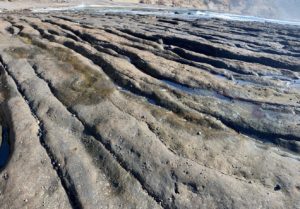
P-04. Viloma-Lying
BKS Iyengar writes:
‘Loma means hair, the ' vi' denotes disjunction or negation. Viloma means anti-hair or against the natural order of things. In viloma pranayama inhalation or exhalation is not a continuous process, but one that is interrupted by several pauses'. This subject covers the principles of Viloma including the major texts and video extracts of Geeta taken from conventions. It ends with a range of audio practice recordings for students to gain knowledge from practice experience. P-04 is a lifetime enrollment
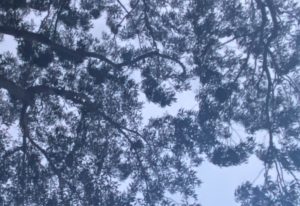
P-05. Bhramari
'Bhramara means a large black bumble-bee and this pranayama is so called because during exhalation a soft humming sound like that of a bumble-bee is made. The best time to perform it is in the silence and quiet of the night'. P-05 applies the learn/ study/ practice modes to gain knowledge from experience. P-05 is a lifetime enrollment

P-06. Art of sitting
This 7 part subject examines the art of sitting for Pranayama through objective knowledge and subjective experience. You engage with the material from our lineage: a series of videos extracted from Geeta Iyengar's conventions, the writings of BKS Iyengar, Geeta Iyengar, Prashant Iyengar, and practice videos and audios from our teachers. P-06 is a lifetime enrollment

P-07. Ujjayi-Sitting
‘The prefix 'ud' means upwards or expanding. It also conveys the sense of pre-eminence and power. 'Jaya' means conquest or success, and, from another point of view, restraint. In ujjayi the lungs are fully expanded, with the chest thrust out like that of a mighty conqueror’.
Ujjayi-Sitting progresses from the foundations laid in earlier subjects to explore the range of practice in this essential pranayama. Retention of the breath (Kumbhaka) is examined in detail within the subject. P-07 is a lifetime enrollment
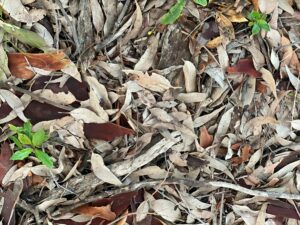
P-08. Viloma-Sitting
‘Now start interrupted inhalation, as follows: Inhale for two or three seconds, pause and hold the breath for two or three seconds; again inhale for two or three seconds, pause and hold the breath for two or three seconds. To pause, the diaphragm is lightly gripped. Do not let the diaphragm loose when you breathe in again after each pause. Continue in this way until the lungs are completely full, which may involve four or five pauses. No strain should be felt throughout’ . P-08 is a lifetime enrollment

P-09. Kumbhaka
BKS Iyengar writes:
'Kumbha means a pot which can be full or empty. Kumbhaka is of two types. It is either (a) a pause between an in and an out breath or (b) between an out and an in breath. It is the art of retaining the breath in a state of suspense. It also means the withdrawal of the intellect from the organs of perception and action, to focus on the seat of the Atma (purusa), the origin of consciousness. Kumbhaka keeps the sadhaka silent at the physical, moral, mental and spiritual levels. P-09 is a lifetime enrollment
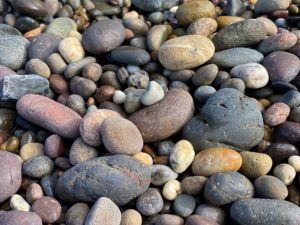
P-10. Bhastrika & Kapalabhati
‘Bhastrika means bellows: air is forcibly drawn in and out as if using a pair of bellows. In all other types of pranayama inhalation sets the pace, the pattern and the rhythm for exhalation, but in bhastrika exhalation sets the force and the pace. Here both out and in-breaths are vigorous and forceful. The sound is like that made by a blacksmith's bellows’. This subject reviews the literature along with multiple video & audio explanations by Geeta Iyengar. P-10 is a lifetime enrollment
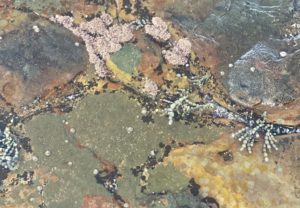
P-11. Digital Pranayama
BKS Iyengar writes: Pranayama may be broadly divided into two categories:
(a) When there is no digital control over the nostrils.
(b) When the thumb and two fingers of the right hand are used to regulate and control the flow of breath through the nose. This is called digitally controlled pranayama’. P-11 is a lifetime enrollment

P-12. Anuloma & Pratiloma
'Anu' means 'along with', or in orderly succession, and ' lorna' is hair or in natural order. Here the fingers control the nostrils to discharge delicately the flow of the out-going breath. Prati means opposite. This type of Pranayama is the converse of Anuloma. Master the techniques of ujjayi and viloma Pranayama before attempting anuloma’. P-12 is a lifetime enrollment
PPR-00 Pranayama. On the mat
This free subject provides and introduction to Pranayama and an experience of Yoga Vidya subjects. It is presented in the Learn/ study/ practice modes where a student can gain basic techniques, expand their understanding through articles, book extracts, video and audio clips and apply these within practice.
Access is for 1 month and the subject can be enrolled more than once.

